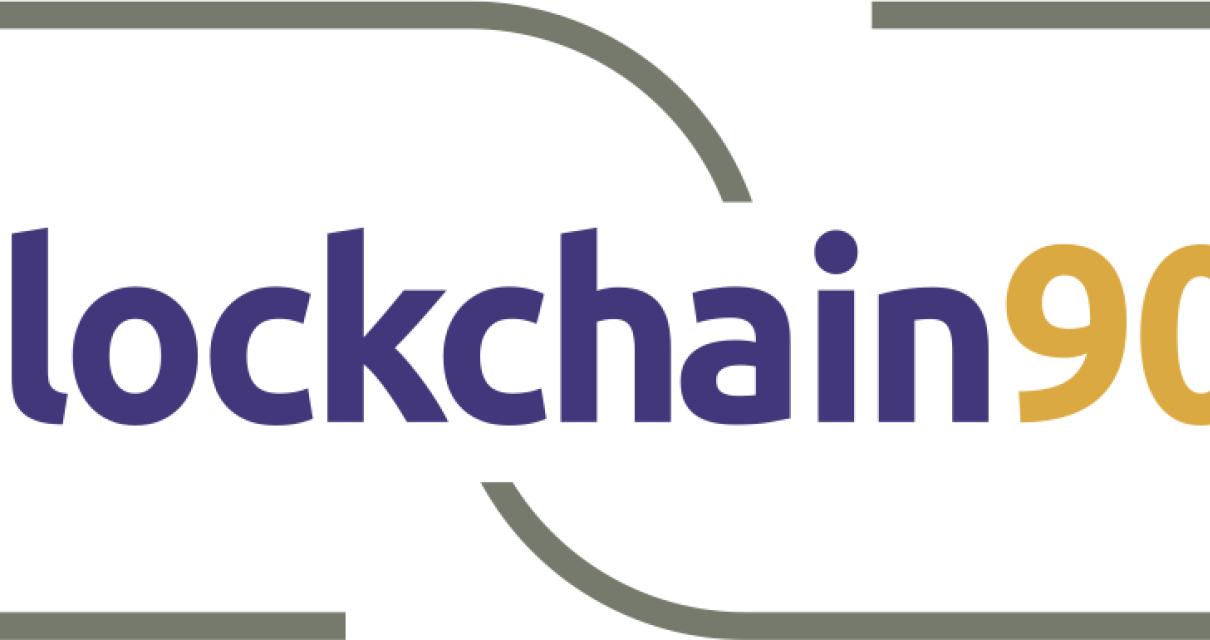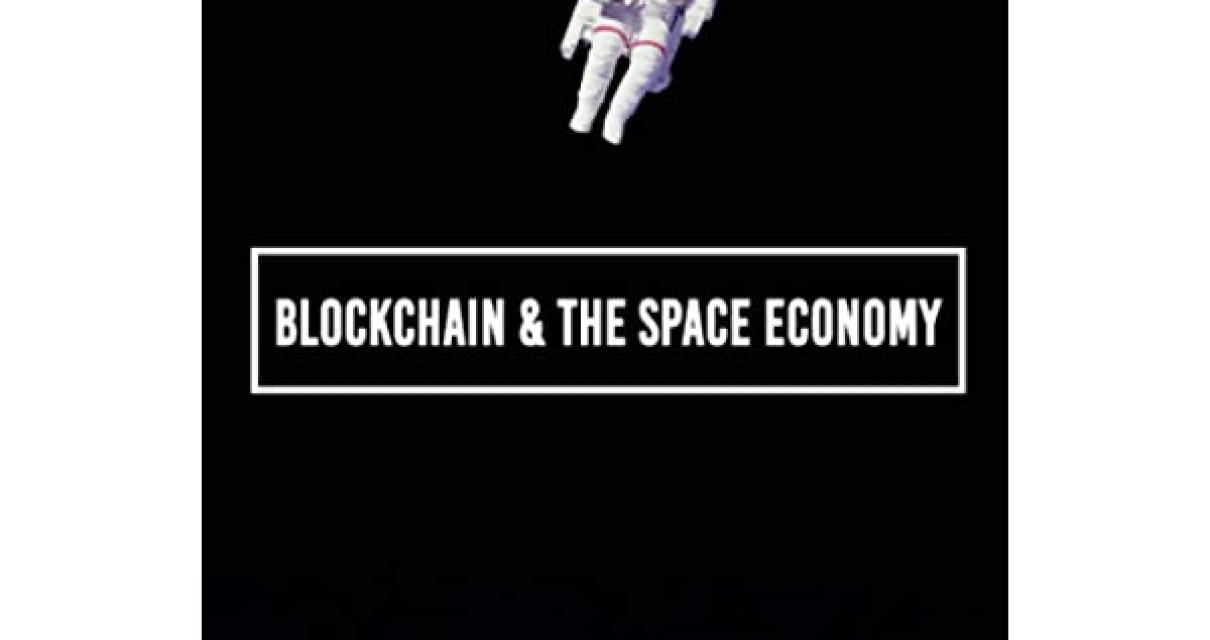Introducing the Blockchain Series
The Blockchain Series is a series of blog posts that will introduce you to the basics of blockchain technology. This series will start with a quick overview of what blockchain is and how it works, and then move on to discussing some of the potential uses for blockchain technology.
This first blog post in the series will introduce you to the concept of a blockchain database. A blockchain database is a collection of blocks of information that are linked together using cryptography. Each block contains a list of transactions that have taken place on the network, and a timestamp that corresponds to when the block was created.
A blockchain database is decentralized, meaning that it is not controlled by any single party. This decentralization is one of the key advantages of using a blockchain database over traditional databases. The fact that a blockchain database is decentralized makes it difficult for someone to tamper with the data.
There are a number of potential uses for blockchain technology. One potential use is for tracking the ownership of digital assets. For example, a company could use a blockchain database to track the ownership of digital assets such as intellectual property.
Another potential use for blockchain technology is for tracking the movement of money. For example, a company could use a blockchain database to track the movement of money between different accounts.
In future blog posts in this series, we will discuss other potential uses for blockchain technology.
What is a Blockchain?
A blockchain is a digital ledger of all cryptocurrency transactions. It is constantly growing as "completed" blocks are added to it with a new set of recordings. Each block contains a cryptographic hash of the previous block, a timestamp, and transaction data. Bitcoin nodes use the block chain to differentiate legitimate Bitcoin transactions from attempts to re-spend coins that have already been spent elsewhere.
The Benefits of a Blockchain
There are many benefits of using a blockchain technology. Some of the benefits include:
1. Transparency: A blockchain is completely transparent, meaning everyone can see how transactions are made and who owns what. This is an important feature because it helps to ensure that transactions are legitimate and that people are not trying to cheat the system.
2. Security: A blockchain is secure because it is decentralized, meaning that there is no central authority that can tamper with the data. This makes it difficult for anyone to steal or cheat in a blockchain-based system.
3. Immutability: A blockchain is immutable, which means that it is impossible to change or remove any of the records. This is a major benefit because it ensures that all information is accurate and reliable.
4. Cost efficiency: A blockchain technology is very cost efficient because it relies on cryptography to secure the data. This makes it much more difficult for hackers to attack the system, and it also reduces the amount of time and energy that is needed to maintain the system.
5. Auditability: A blockchain is auditable, meaning that it can be tracked and verified to ensure that all transactions are legitimate. This is an important feature because it helps to ensure that people are not taking advantage of the system.
How Does a Blockchain Work?
A blockchain is a digital ledger of all cryptocurrency transactions. It is constantly growing as “completed” blocks are added to it with a new set of recordings. Each block contains a cryptographic hash of the previous block, a timestamp, and transaction data. Bitcoin nodes use the block chain to differentiate legitimate Bitcoin transactions from attempts to re-spend coins that have already been spent elsewhere.
The blockchain is constantly growing as “completed” blocks are added to it with a new set of recordings.
Each block contains a cryptographic hash of the previous block, a timestamp, and transaction data.

The Future of Blockchain Technology
There is no doubt that blockchain technology is here to stay. It has the potential to revolutionize many industries, and its potential applications are endless.
Some of the most promising applications of blockchain technology right now include:
The sharing economy: With blockchain technology, it could be possible to create a more secure and efficient system for sharing services and goods.
With blockchain technology, it could be possible to create a more secure and efficient system for sharing services and goods. Loyalty programs: With blockchain technology, it could be possible to create a more secure and efficient loyalty program.
With blockchain technology, it could be possible to create a more secure and efficient loyalty program. Healthcare: Blockchain technology could be used to improve the accuracy and security of healthcare records.
There is no doubt that blockchain technology has the potential to revolutionize many industries, and its potential applications are endless. As its popularity continues to grow, we can expect to see even more exciting developments in the fields of finance, healthcare, and the sharing economy.
The Potential of Blockchain
Technology
A blockchain is a distributed database that allows for secure, transparent and tamper-proof transactions. The technology can be used to manage a variety of transactions, including those between companies, governments and individuals.
Blockchain technology has the potential to revolutionize the way we conduct transactions. It could make it easier for companies to conduct transactions with each other and could also help to reduce the costs associated with many transactions. Additionally, blockchain could help to protect the privacy of individuals and could be used to create a tamper-proof record of transactions.
There are a number of potential applications for blockchain technology. Some of the most significant applications include:
1) The management of transactions between companies:
One of the key advantages of blockchain technology is that it can help to reduce the cost and complexity of transactions between companies. This is because blockchain technology allows companies to conduct transactions without the need for a third party. Additionally, blockchain technology can allow companies to verify the accuracy of transactions.
2) The management of transactions between individuals:
Similarly, blockchain technology could be used to manage transactions between individuals. This is because blockchain technology allows for the secure and transparent transfer of data. Additionally, blockchain technology could help to protect the privacy of individuals.
3) The management of financial transactions:
Another key advantage of blockchain technology is its potential to help to manage financial transactions. This is because blockchain technology can help to reduce the costs associated with financial transactions. Additionally, blockchain technology could be used to create a tamper-proof record of financial transactions.
4) The management of contracts:
Blockchain technology could also be used to manage contracts. This is because blockchain technology provides a secure and transparent platform for the negotiation and execution of contracts. Additionally, blockchain technology could help to reduce the costs associated with the contract negotiation process.
The Risks of Blockchain
There are a number of risks associated with blockchain technology. These include the risk of cybercrime, the risk of fraudulent transactions, and the risk of system failure.
Cybercrime
One of the risks of using blockchain technology is the risk of cybercrime. Cybercriminals can use blockchain to steal information or to disrupt the operations of a blockchain system.
Fraudulent transactions
Another risk of using blockchain technology is the risk of fraudulent transactions. Transactions on a blockchain system are recorded in a public ledger, which makes it easy for fraudulent transactions to be detected.
System failure
A third risk of using blockchain technology is the risk of system failure. A blockchain system is designed to be tamper-proof, but there is always the risk that a malicious user will be able to tamper with the system. If this happens, it could lead to the collapse of the blockchain system.

How to Invest in Blockchain
There are a few ways to invest in blockchain technology.
The first way is to buy bitcoin, the most well-known and popular cryptocurrency based on blockchain technology. Bitcoin is traded on exchanges and can also be used to purchase goods and services.
Another way to invest in blockchain technology is to invest in a company that is developing or using blockchain technology. For example, Google (GOOGL) has invested in blockchain technology company Blockstack. IBM (IBM) is also investing in blockchain technology.
You can also invest in a token or coin that is based on blockchain technology. For example, Ethereum (ETH) is a cryptocurrency that is based on blockchain technology.
What Are the Benefits of Blockchain Technology?
There are many benefits of blockchain technology, including:
1. Transparency: Every transaction is public, so everyone can see what is happening. This is a big benefit because it prevents people from being hidden or anonymous.
2. Security: Blockchain technology is secure because it is based on a distributed ledger. This means that there is a record of every transaction, and it is impossible for anyone to tamper with it.
3. Accountability: Every participant in a blockchain network is responsible for verifying and committing transactions to the ledger. This ensures that everyone is accountable for their actions.
4. Cost efficiency: Because blockchain technology is decentralized, it is much more cost efficient than traditional systems. This makes it a good choice for businesses that need to save money.
5. Trust: Because blockchain technology is based on trust, it is more reliable than traditional systems. This makes it a good choice for businesses that need to trust their customers.
What Are the Disadvantages of Blockchain Technology?
There are a few disadvantages of blockchain technology. One is that it can be difficult to scale, which can make it difficult to process large amounts of data. Additionally, blockchain technology can be complex to understand, making it difficult for businesses to adopt it. Finally, blockchain technology is not immune to cyberattacks, which could lead to the theft of valuable data.

What Is the Future of Blockchain Technology?
The future of blockchain technology is bright. It has the potential to revolutionize many industries, including finance, healthcare, and the food industry. As more and more companies adopt blockchain technology, it will become an even more powerful tool for transactions and data management.